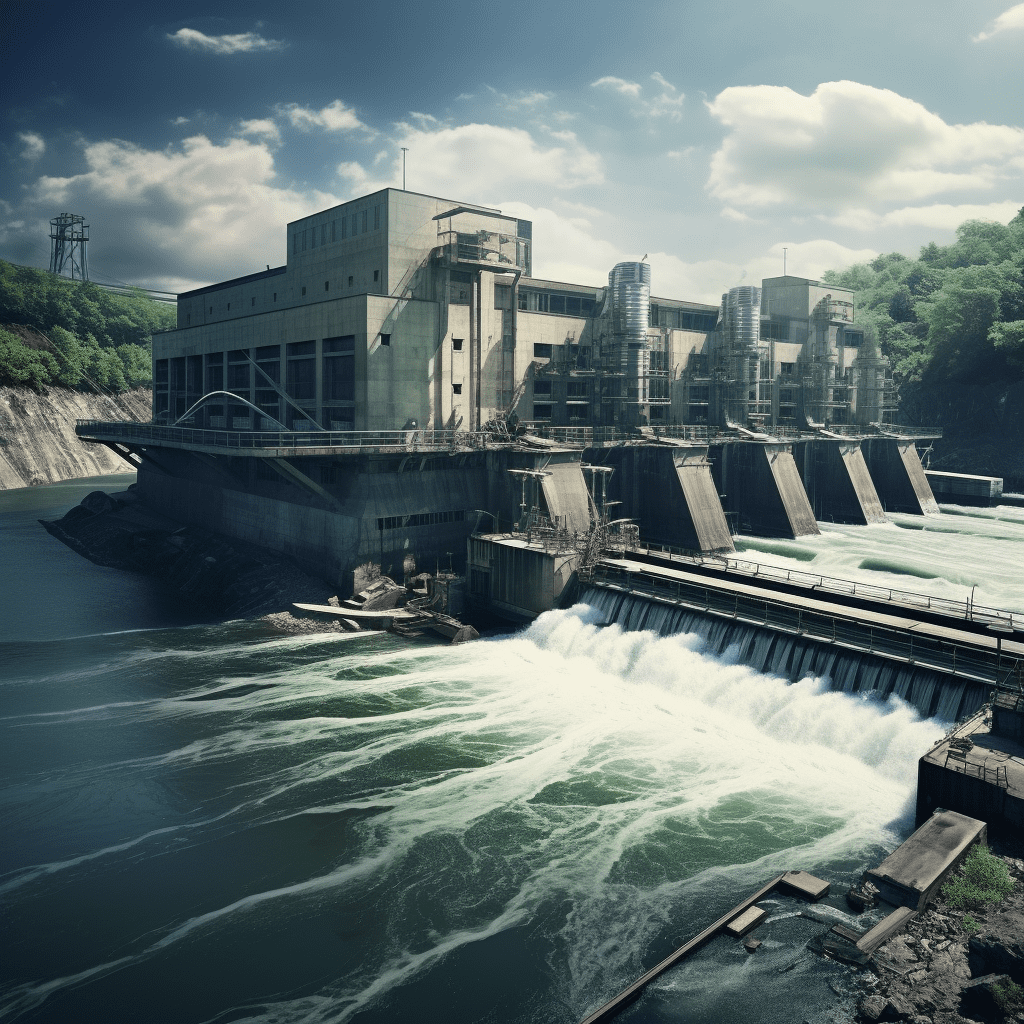Hydropower, a renewable energy source harnessed from flowing water, plays a crucial role in Seattle’s energy landscape. Celebrated on National Hydropower Day, this sustainable energy form not only reduces carbon emissions but also supports local economies and enhances energy security.
How is Hydropower Defined?
Hydropower refers to the generation of electricity using the energy derived from flowing or falling water. This process typically involves damming rivers to create reservoirs, which then release water through turbines to generate electricity.
Why is Hydropower Significant for Renewable Energy?
Hydropower is vital as it provides a stable and reliable source of renewable energy, contributing significantly to the reduction of greenhouse gas emissions. It accounts for about 16% of global electricity production, making it one of the largest sources of renewable energy worldwide.Chart: Global Share of Electricity Generation by Source
| Energy Source | Percentage Share |
|---|---|
| Hydropower | 16% |
| Wind | 8% |
| Solar | 3% |
| Natural Gas | 24% |
| Coal | 36% |
| Nuclear | 13% |
How Does the Hydropower Generation Process Function?
The hydropower generation process begins with water stored in a reservoir behind a dam. When released, the water flows through turbines, converting kinetic energy into mechanical energy, which is then transformed into electrical energy via generators.
What Advantages Does Hydropower Offer to Communities?
Hydropower offers numerous benefits, including:
- Environmental Benefits: Lowers carbon emissions and reduces reliance on fossil fuels.
- Economic Growth: Creates jobs in construction, maintenance, and operations.
- Energy Security: Provides a reliable and consistent energy supply.
- Flood Control: Dams can help manage water flow and mitigate flooding risks.
Chart: Economic Impact of Hydropower Projects
| Benefit Type | Description |
|---|---|
| Job Creation | Thousands of jobs during construction and operation phases |
| Local Investment | Boosts local economies through infrastructure development |
| Energy Cost Savings | Reduces electricity costs for consumers over time |
How Does Seattle City Light Contribute to Hydropower Initiatives?
Seattle City Light has been a pioneer in hydropower since its inception, primarily utilizing the hydroelectric facilities on the Skagit River. The utility generates over 90% of its electricity from hydropower, showcasing its commitment to sustainability and renewable energy.
What Challenges and Limitations Affect Hydropower Development?
Despite its benefits, hydropower faces challenges such as:
- Environmental Concerns: Dams can disrupt local ecosystems and fish migration patterns.
- High Initial Costs: Significant capital investment is required for infrastructure development.
- Climate Impact: Changes in precipitation patterns can affect water availability for power generation.
How Can We Encourage the Growth of Hydropower?
Promoting hydropower can be achieved through:
- Policy Support: Implementing incentives for hydropower development.
- Public Awareness: Educating communities about the benefits of hydropower.
- Investment in Technology: Advancing turbine technology to enhance efficiency and reduce environmental impact.
Industrial News
Recent developments highlight Seattle’s ongoing commitment to hydropower as part of its broader sustainability goals. Seattle City Light has announced plans to upgrade its existing hydroelectric facilities to improve efficiency and reduce environmental impacts further. Additionally, new studies indicate that expanding hydropower capacity could significantly enhance the region’s resilience against climate change.
Redway Expert Insights
“Hydropower remains a cornerstone of our renewable energy strategy,” says Dr. Emily Redway, an environmental scientist specializing in sustainable energy solutions. “As we celebrate National Hydropower Day, it’s essential to recognize both its potential and the need for responsible management practices that protect our ecosystems.”
FAQ Section
Q1: What is hydropower?
A1: Hydropower is electricity generated from the energy of flowing or falling water.Q2: Why is hydropower considered renewable?
A2: It is renewable because it relies on the natural water cycle, which replenishes itself continuously.Q3: What percentage of Seattle’s electricity comes from hydropower?
A3: Over 90% of Seattle’s electricity is generated from hydropower sources.Q4: What are some environmental impacts of hydropower?
A4: Potential impacts include disruption of aquatic ecosystems and changes in local habitats due to dam construction.Q5: How can communities support hydropower initiatives?
A5: Communities can support through advocacy for policies that promote sustainable practices and investment in renewable technologies.



